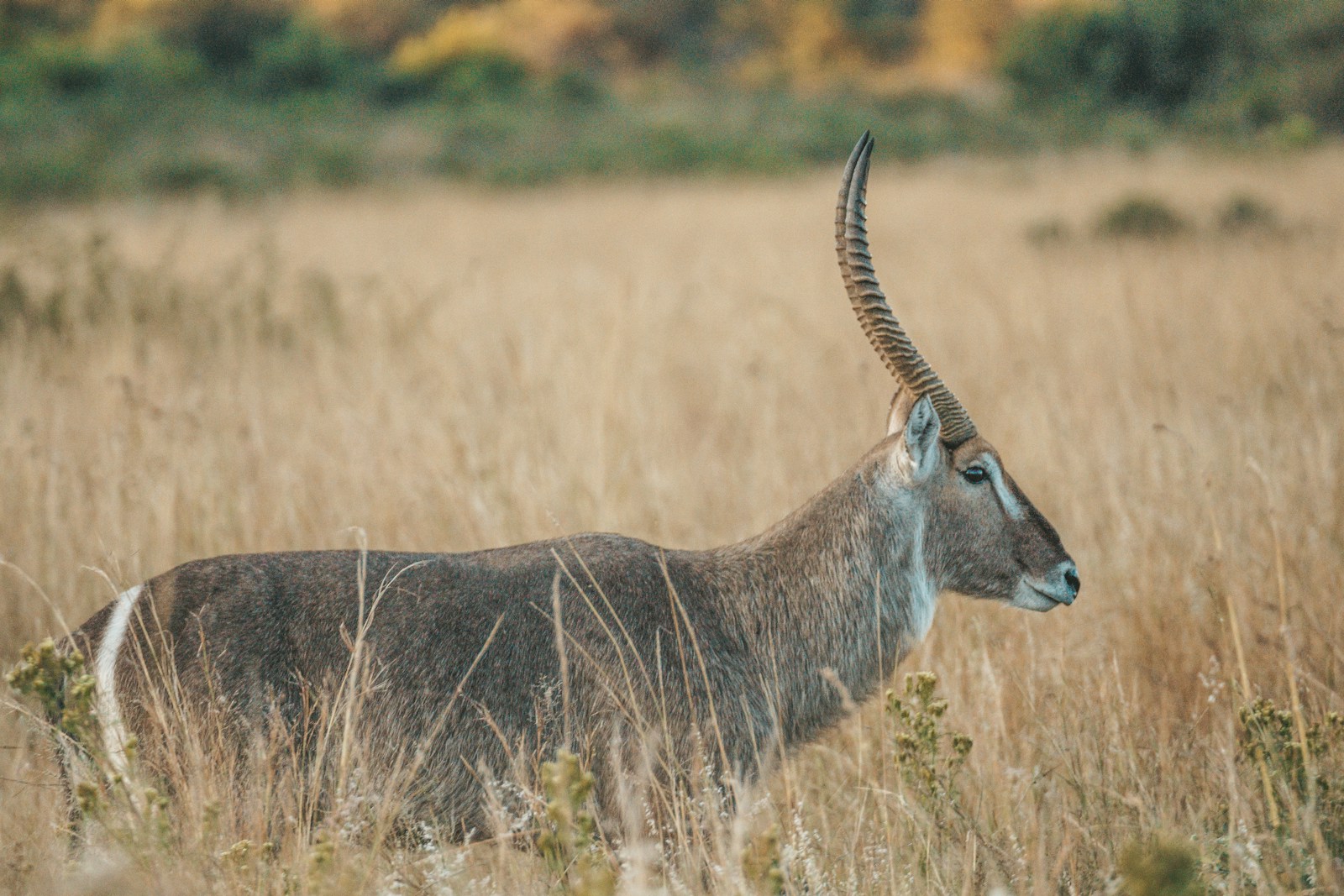
animal salvaje

Wild animal
The Spanish term 'animal salvaje' corresponds to the English term 'wild animal'. This refers to all fauna that have not been domesticated by humans, and they typically live in natural, non-urbanized areas. These could include a vast variety of species, like lions, wolves, elephants or sharks, among others.
Example sentences using: animal salvaje
El león es un tipo de animal salvaje.

The lion is a type of wild animal.
This is a simple declarative sentence that attributes a category (wild animal) to a specific subject (the lion).
Un animal salvaje puede ser peligroso para los humanos.

A wild animal can be dangerous for humans.
This is a statement about a possibility. The use of 'puede ser' (can be) indicates a potential danger.
En el Amazonas, hay una gran variedad de animales salvajes.

In the Amazon, there is a great variety of wild animals.
This is a sentence about a particular location (the Amazon) being home to many wild animals.
En el documental examinan el comportamiento de un animal salvaje.

In the documentary, they examine the behavior of a wild animal.
This sentence demonstrates how to talk about the subject of a documentary.
Algunos perros se comportan como un animal salvaje.

Some dogs behave like a wild animal.
This sentence talks about a comparison between dogs' behavior and wild animal behavior.
Ella tiene un interés en proteger a los animales salvajes.

She has an interest in protecting wild animals.
This sentence speaks about a person's interest in a specific action, which is protecting wild animals in this case.
El tigre es conocido como un poderoso animal salvaje.

The tiger is known as a powerful wild animal.
This sentence provides the general perception about the tiger being a powerful wild animal.
La fauna contiene una variedad de especies de animales salvajes.

Wildlife contains a variety of wild animal species.
This is a sentence about the richness of wildlife in terms of wild animal species.
Capturar un animal salvaje puede tener serias consecuencias.

Capturing a wild animal can have serious consequences.
This is a declarative sentence that informs about the potential negative outcomes of capturing a wild animal.
El parque de safari alberga muchos animales salvajes.

The safari park is home to many wild animals.
This sentence is about a specific place (safari park) and its inhabitants (many wild animals).